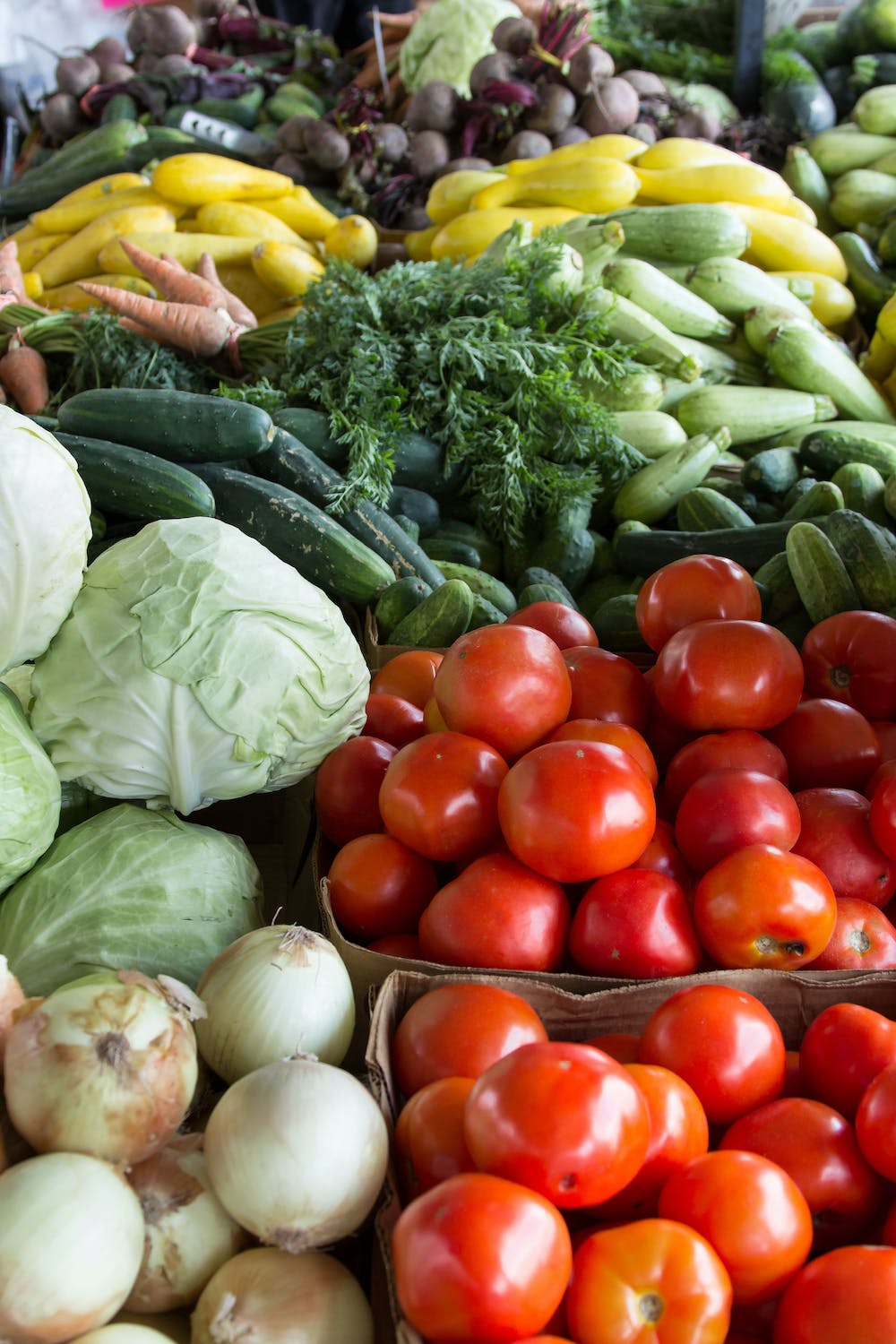Willy Green
March 13, 2023




How to harvest fruits and vegetables
Harvesting vegetables is one of the most exciting parts of gardening. It’s the time when all your hard work pays off, and you get to enjoy the fruits of your labor. However, it can be tricky to know when to harvest different types of vegetables. Some vegetables need to be picked when they’re fully mature, while others can be harvested when they’re still young and tender. In this article, we’ll take a closer look at some common vegetables and when is the right time to harvest them.
The first step in harvesting is to determine when the fruits and vegetables are ripe. The time for harvest depends on the type of produce being grown, and it is important to know when the fruits and vegetables are ready to be picked. Some fruits, such as peaches and plums, will soften when ripe, while others, such as apples and pears, will remain firm. Vegetables will also show signs of ripeness, such as changes in color, size, and texture.
Once the fruits and vegetables are ready to be harvested, it is important to handle them carefully to avoid damage. It is recommended to use clean and sharp tools, such as pruning shears, scissors, or a knife, to remove the produce from the plant. Avoid pulling or twisting the fruits and vegetables, as this can cause damage to the plant and affect the quality of the produce.
When harvesting fruits and vegetables, it is important to handle them gently to avoid bruising or damaging the skin. This is especially important for delicate fruits, such as berries and grapes. Handle them with care and avoid stacking them on top of each other, as this can cause them to crush and spoil.
After harvesting, it is important to properly store the fruits and vegetables. Many fruits and vegetables can be stored at room temperature, while others require refrigeration. It is important to keep the produce in a cool and dry place to prevent spoilage. Some fruits, such as apples and bananas, can release ethylene gas, which can cause other fruits and vegetables to ripen or spoil more quickly. Therefore, it is recommended to store these fruits separately from other produce.
In addition to proper harvesting and storage techniques, it is important to be aware of any pests or diseases that may affect the produce. Regular inspections and treatments can help to prevent infestations and diseases from spreading. This can include using insecticides, fungicides, or other treatments to protect the plants and produce.
-
Tomatoes
Tomatoes are one of the most popular vegetables to grow in a garden. When it comes to harvesting tomatoes, you want to wait until they’re fully ripe. A ripe tomato will be firm to the touch but will give slightly when pressed. The skin should be smooth and free from any cracks or blemishes. If the tomato is still green or has any green areas, it’s not yet ripe.
-
Cucumbers
Cucumbers are another popular vegetable that’s easy to grow in a garden. When it comes to harvesting cucumbers, you want to pick them when they’re still young and tender. A mature cucumber will be yellow and have a bitter taste. You want to pick cucumbers when they’re still small and firm, about 2-3 inches long.
-
Peppers
Peppers come in a variety of shapes and sizes, from bell peppers to jalapenos. When it comes to harvesting peppers, you want to wait until they’re fully mature. A mature pepper will be firm and shiny, and the skin should be smooth and free from any blemishes. You can pick peppers when they’re still green, but they’ll have a milder flavor. If you want a spicier pepper, wait until they turn red.
-
Beans
Beans are another popular vegetable that’s easy to grow in a garden. When it comes to harvesting beans, you want to pick them when they’re young and tender. A mature bean will be tough and stringy, and the flavor will be less sweet. You want to pick beans when they’re still thin and about 4-6 inches long.
-
Carrots
Carrots are a root vegetable that takes a little longer to grow than some of the other vegetables on this list. When it comes to harvesting carrots, you want to wait until they’re fully mature. A mature carrot will be about 1 inch in diameter and have a bright orange color. You can gently pull the carrot out of the ground, being careful not to damage the root.
-
Lettuce
Lettuce is a leafy green vegetable that’s easy to grow in a garden. When it comes to harvesting lettuce, you want to pick the leaves when they’re young and tender. A mature lettuce leaf will be tough and bitter. You want to pick the leaves when they’re still small and about 3-4 inches long.
In conclusion, properly harvesting fruits and vegetables is an important step in the process of growing produce. It helps to ensure that the produce is of high quality and remains fresh for a longer period of time. The right time to harvest vegetables varies depending on the type of vegetable. Some vegetables, like tomatoes and peppers, should be picked when they’re fully mature, while others, like cucumbers and beans, should be picked when they’re still young and tender. By following these guidelines, you’ll be able to harvest your vegetables at the peak of their flavor and enjoy the fruits of your labor. Happy gardening! Thank you for reading about how to harvest fruits and vegetables. Here are some other articles you may enjoy reading.





